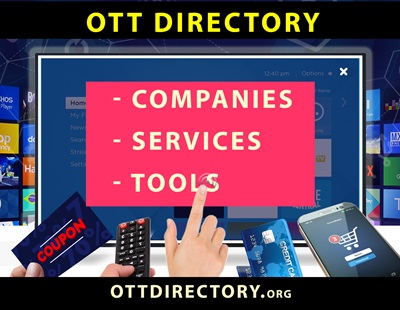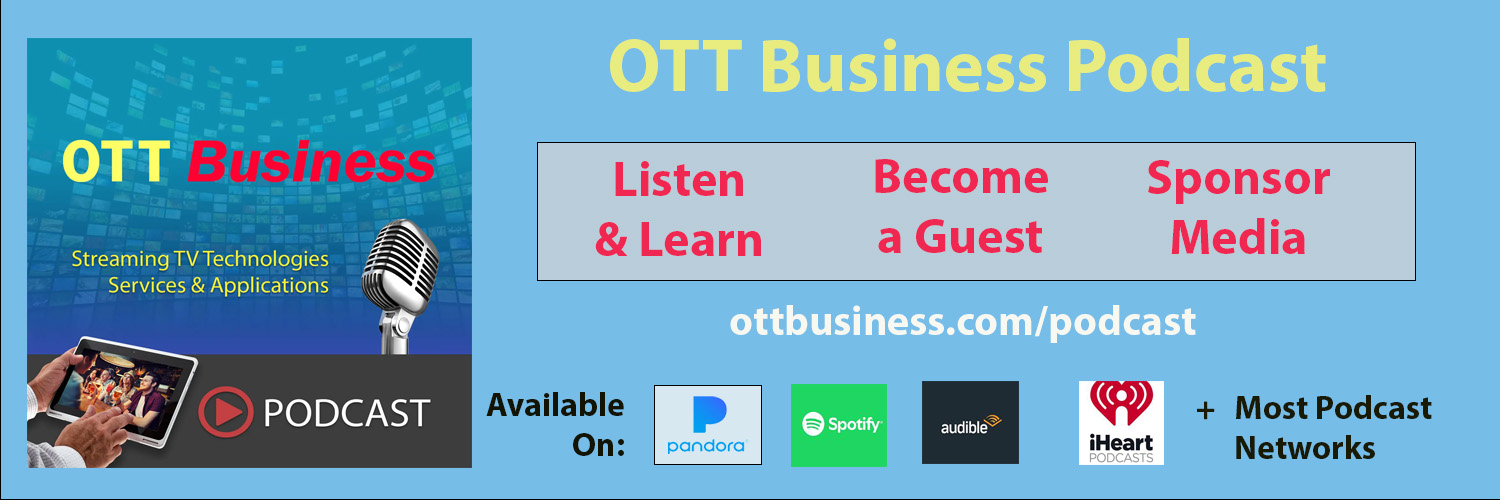Content Management Systems – CMS
 A Content Management System (CMS) can create, manage, and publish content on websites. Key problems solved by a CMS include handling large volumes of content, ensuring consistency, and enabling easy updates without technical expertise. With features like customization, users can tailor themes, templates, and plugins to meet specific branding needs. Media management facilitates efficient handling of images and videos, and metadata management enhances content searchability. Multilingual support caters to global audiences, and multi-site management simplifies administration across multiple websites. Responsive design ensures compatibility across all devices, while rights management maintains content integrity. SEO tools improve visibility, and integration with third-party tools enhances functionality. User roles and permissions ensure content governance, version control maintains accuracy, and workflow management streamlines collaboration. Learning more about CMS options is crucial for businesses seeking efficient and scalable content management solutions.
A Content Management System (CMS) can create, manage, and publish content on websites. Key problems solved by a CMS include handling large volumes of content, ensuring consistency, and enabling easy updates without technical expertise. With features like customization, users can tailor themes, templates, and plugins to meet specific branding needs. Media management facilitates efficient handling of images and videos, and metadata management enhances content searchability. Multilingual support caters to global audiences, and multi-site management simplifies administration across multiple websites. Responsive design ensures compatibility across all devices, while rights management maintains content integrity. SEO tools improve visibility, and integration with third-party tools enhances functionality. User roles and permissions ensure content governance, version control maintains accuracy, and workflow management streamlines collaboration. Learning more about CMS options is crucial for businesses seeking efficient and scalable content management solutions.
Content Management Systems – CMS
Accedo – Accedo provides app development and user experience solutions for video services, including tCommerce capabilities for TV shopping.
Adobe Experience Manager (AEM) – AEM is a cloud-based CMS that offers comprehensive content management and digital asset management solutions, ideal for large enterprises needing personalized user experiences.
Appy Pie Website Builder – Appy Pie Website Builder offers a user-friendly platform with drag-and-drop features, enabling easy website creation without technical skills.
Concrete5 – Concrete5 is an open-source CMS designed for ease of use with drag-and-drop content blocks and a secure user management system.
Contentful – Contentful is a headless CMS that provides an API-first platform for managing content across various digital channels.
Contentstack – Contentstack offers an API-first headless CMS that delivers content seamlessly across multiple platforms and devices.
Cosmic JS – Cosmic JS is a headless CMS that provides a powerful API to manage and deliver content across any platform or device.
dotCMS – dotCMS is a hybrid CMS designed for marketers and developers, offering robust content management and multi-channel delivery capabilities.
Drupal – Drupal is an open-source CMS known for its flexibility and extensive community support, suitable for both beginners and advanced users.
GoDaddy – GoDaddy offers a CMS platform with pre-built templates and integrated ecommerce features, ideal for quickly launching and managing websites.
Hexaglobe – Hexaglobe provides advanced media delivery solutions for the Broadcast, OTT, and Streaming TV industries offering services that include live streaming, content management and video monetization.
HubSpot CMS Hub – HubSpot CMS Hub is a fully integrated CMS built on HubSpot’s CRM platform, ideal for marketers and business owners.
Joomla – Joomla is a free, open-source CMS with a wide range of templates and extensions, catering to both developers and non-technical users.
Magento – Magento is an ecommerce-focused CMS offering extensive customization, SEO tools, and third-party app integration.
Magnolia CMS – Magnolia is a headless CMS that offers powerful features for content management, collaboration, and analytics.
Mediagenix – Mediagenix provides advanced content management and distribution solutions for the OTT and Streaming TV industry.
Sanity – Sanity is a customizable, real-time headless CMS with collaborative editing and flexible content schemas.
Sitecore – Sitecore is a CMS and digital experience platform that helps manage content and personalize customer interactions across multiple channels.
Squarespace – Squarespace offers a user-friendly CMS with elegant templates and mobile optimization, perfect for small to mid-size businesses.
Strikingly – Strikingly provides an easy-to-use website builder with built-in ecommerce and analytics tools, ideal for quick website launches.
Webnode – Webnode is a user-friendly CMS that allows for easy website creation and management with pre-designed templates and responsive design.
WordPress – WordPress is an open-source CMS that powers over 40% of the web, known for its flexibility and extensive plugin ecosystem.
Content Management System – CMS Key Features
Content Scheduling
Enables scheduling of posts and updates in advance, allowing for consistent content publication. Scheduling ensures that content is published at optimal times, maintaining a regular flow of information to the audience.
Customization
Offers options to customize themes, templates, and plugins to fit specific needs and branding. This is important because it allows the website to reflect the unique identity of the business and meet specific functional requirements.
E-commerce Functionality
Provides features or integrations for online selling, including product management, payment gateways, and order processing. This is crucial for businesses looking to monetize their content or products directly through their website.
Extensibility
Offers a wide range of plugins and extensions to add additional functionality as needed. This ensures the CMS can evolve with the changing needs of the business, adding new features without significant redevelopment.
Media Management
Offers efficient management of images, videos, and other media files, including easy upload, organization, and editing features. Effective media management is essential for maintaining a visually appealing and well-organized website.
Metadata Management
Gathers, updates, and organizes content metadata. Proper metadata management enhances searchability and categorization of content, making it easier for users to find what they need.
Multilingual Support
Allows content to be easily translated and managed in multiple languages, catering to a global audience. This is important for businesses operating in multiple regions, ensuring content accessibility and relevance to diverse user groups.
Multi-site Management
Enables management of multiple websites from a single CMS installation, useful for businesses with multiple brands or regions. This feature simplifies administration and maintenance, saving time and resources.
Responsive Design
Ensures that the website and its content are fully functional and visually appealing on all devices, including smartphones and tablets. With increasing mobile internet usage, responsive design is critical for user engagement and satisfaction.
Rights Management
Identifies content owners and permissions. This helps maintain content integrity and ensures that content is used and shared appropriately, protecting intellectual property.
Scalability
Supports growth and increased traffic without compromising performance, accommodating the expansion of content and users. Scalability is vital for businesses planning to grow, ensuring the website can handle increased demands.
Security
Includes robust security measures to protect against cyber threats, with regular updates and support for SSL certificates. Strong security is essential to protect sensitive information and maintain user trust.
SEO Tools
Provides built-in features or integrations to enhance search engine optimization, improving website visibility and ranking. Effective SEO tools help attract more organic traffic, boosting the website’s reach and impact.
Service Costs
Consideration of the overall cost, including initial setup, maintenance, and any licensing fees. Understanding the costs involved helps in budgeting and ensures that the chosen CMS provides good value for money.
Support and Community
Access to customer support, documentation, and an active user community for troubleshooting and advice. Reliable support and a helpful community are crucial for resolving issues quickly and learning best practices.
Tools and Services Integration
Supports integration with third-party tools and services such as analytics, CRM, e-commerce platforms, and social media. Seamless integration enhances the website’s functionality and allows for better data management and marketing.
User Roles and Permissions
Allows administrators to define and control access levels and permissions for different users, ensuring content governance. Proper user management is important for maintaining content integrity and security.
Version Control
Tracks changes and allows users to revert to previous versions of content, ensuring content accuracy and integrity. Version control is crucial for maintaining a reliable content history and facilitating collaboration.
Workflow Management
Facilitates collaboration with features for content review, approval processes, and task assignments. Efficient workflow management improves productivity and ensures that content goes through proper quality checks before publication.
Content Management Systems – CMS Glossary
- Accessibility – The design and creation of digital content that can be used by people with various disabilities.
- Application Programming Interface (API) – A set of protocols and tools for building and interacting with software applications.
- Asset Management – The process of storing, organizing, and retrieving digital assets such as images, videos, and documents.
- Backup and Recovery – Processes and technologies used to create copies of data to protect against data loss.
- Content Delivery Network (CDN) – A system of distributed servers that deliver web content to users based on their geographic location.
- Content Personalization – Tailoring content to individual users based on their preferences and behaviors.
- Cross-Platform Publishing – The ability to publish content across multiple platforms and devices seamlessly.
- Digital Asset Management (DAM) – The management of digital assets, often including features for storage, organization, and retrieval.
- Headless CMS – A CMS that provides a backend for content management and an API for delivering content without a built-in front end.
- Integration – The process of connecting different systems and software to work together seamlessly.
- Metadata Management – The process of managing data that provides information about other data, essential for organizing and retrieving content.
- Multi-Site Management – The ability to manage multiple websites from a single CMS.
- Omni-Channel Publishing – Distributing content across multiple channels, such as web, mobile, and social media, from a single platform.
- Publishing Workflow – The sequence of processes involved in the creation, review, approval, and publication of content.
- Responsive Design – An approach to web design that ensures web content looks good and functions well on all devices.
- Search Engine Optimization (SEO) – The practice of optimizing content to rank higher in search engine results.
- Service Level Agreement (SLA) – A formal agreement between a service provider and a client defining the level of service expected.
- Tag Management – The process of managing tags, which are used to track and analyze user interactions on websites.
- Template Management – The ability to create, customize, and manage templates for consistent content presentation.
- User Acceptance Testing (UAT) – The process of verifying that a solution works for the user and meets their requirements.
- User Interface (UI) – The space where interactions between humans and machines occur.
- User Experience (UX) – The overall experience of a person using a product, especially in terms of how easy and pleasing it is to use.
- Version Control – The management of changes to documents, programs, and other information stored as computer files.
- What You See Is What You Get (WYSIWYG) – An editor that allows users to see what the end result will look like while the document is being created.

